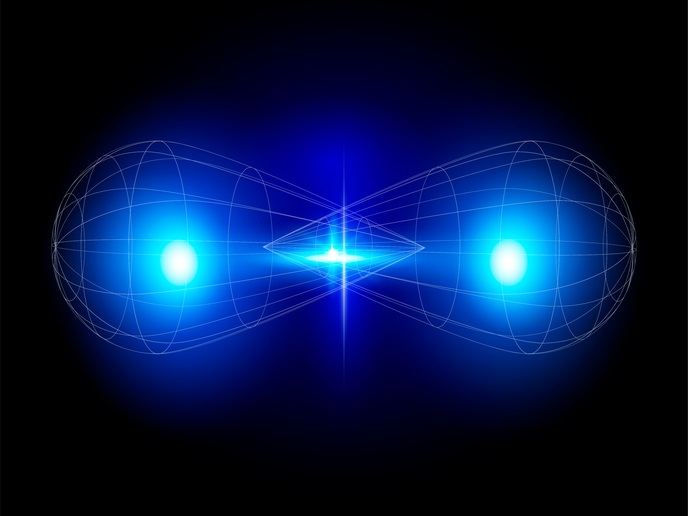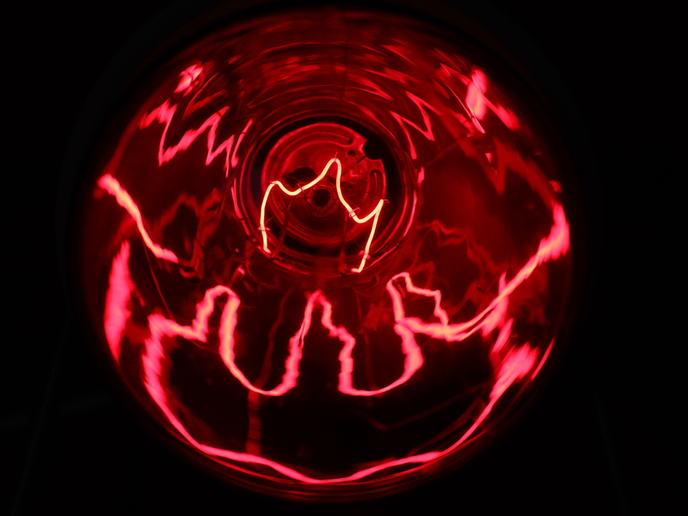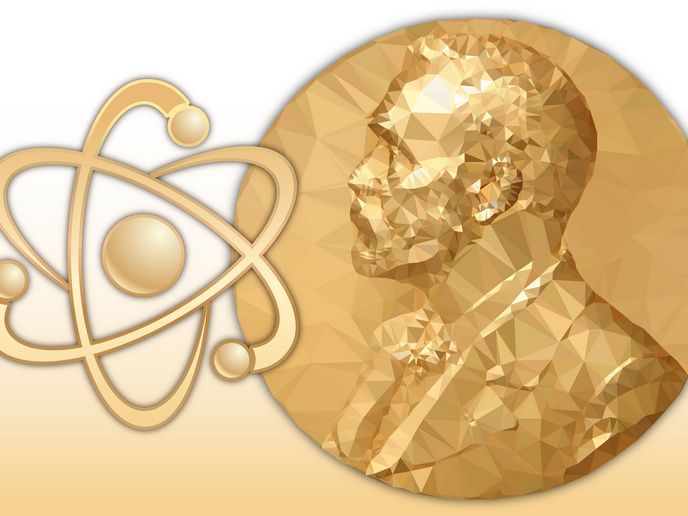A novel optical microscope breaks the diffraction barrier with quantum-entangled photons
Despite tremendous technological developments improving image quality, optical microscopy faces resolution limitations imposed by physical laws. The ‘diffraction barrier’ refers to the resolution limit of optical imaging systems imposed by diffraction, the spreading of light waves as they bend around material or pass through a narrow aperture – and a nanoscale sample is like a small aperture. The EU-funded SUPERTWIN(opens in new window) project has exploited entangled photons in a pioneering light microscope that overcomes the diffraction barrier, opening a new window on the quantum world.
Super-twinning photon states
The smallest wavelength (λ) of visible light that we can see is 400 nanometres (nm), corresponding to violet light. The Rayleigh limit, the optical barrier or intuitively the smallest discernible difference, is defined as λ/2 for any given wavelength; this means our ‘classical’ best is about 200 nanometres. For example, a flu virus at 80-120 nanometres is a blur when viewed with conventional light microscopy. To overcome this barrier, SUPERTWIN harnessed the phenomenon of entangled states. Project coordinator Matteo Perenzoni of the Fondazione Bruno Kessler(opens in new window) explains: “Super-twinning photon states, also called N-partite entangled states, are ensembles of N photons of a given wavelength that share physical quantum properties; you cannot describe one without considering the others. N entangled photons with wavelength λ collectively behave as a single entity of wavelength λ/N (called the de Broglie wavelength) and consequently the Rayleigh limit becomes λ/2N. For example, with 5 entangled photons at 400 nm wavelength, we could theoretically obtain 40 nm resolution.”
Generating the pieces and making the puzzle
SUPERTWIN scientists needed a device to produce the separate but entangled photons, a system to detect the single photons as they are reflected, and a mathematical way to process their characteristics and link them back to those of the object of interest. "A theoretical framework supported the development of a solid-state source of non-classical light(opens in new window) and non-classically correlated light states,” explains project scientific and technical coordinator Dmitri Boiko of the Swiss Centre for Electronics and Microtechnology(opens in new window). A high-resolution quantum image sensor(opens in new window) accomplishes ultrafast single-photon detection for the correlation of N-partite entangled states. Perenzoni notes that the team is excited to share this important outcome with the scientific community and has already received many requests for evaluation in Europe and abroad. Finally, a quantum reconstruction algorithm(opens in new window) puts the pieces of the puzzle together, iteratively improving the resolution.
Putting it all together
Perenzoni summarises: “SUPERTWIN’s microscope prototype exploiting non-classical entangled photons enables imaging that overcomes the Rayleigh resolution limit. This unprecedented capability is further advanced by the unplanned demonstration of quantum-classical photon discrimination(opens in new window), achieved by detecting correlated biphoton arrivals based on their de Broglie wavelength and utilising a slit mask to transmit only non-classical photon states.” The tools should spur on discovery in numerous fields with impact on citizens ranging from personalised precision healthcare to fast communications through secure quantum networks. Boiko concludes: "We not only improved microscopy resolution but delivered a wonderful new set of tools for light generation, detection, and processing. Our completely novel quantum resources will support quantum research and development and act as a new pair of ‘glasses’ for a closer look at the weirdness of the nanoscale quantum world."







